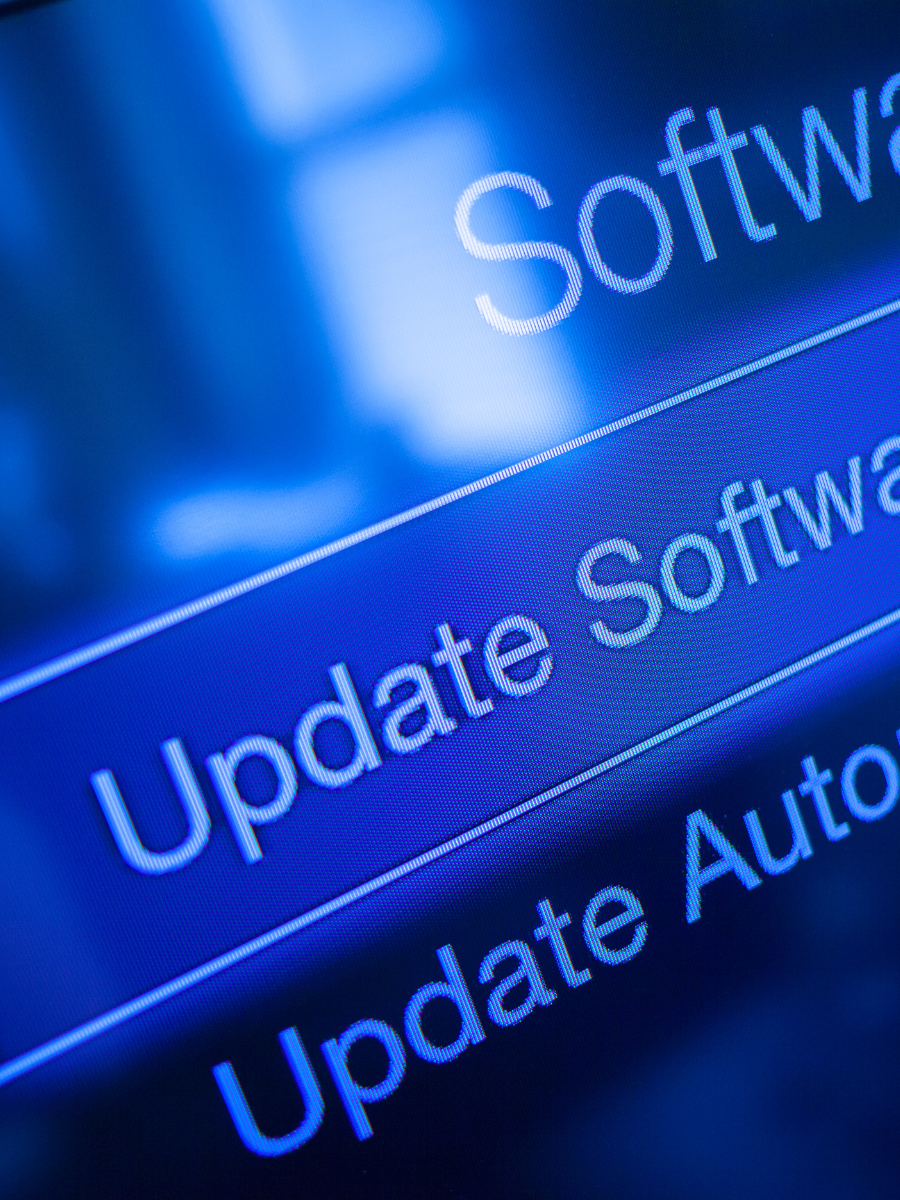Localization (3)
Translation Requirements for Generics in the European Union Translation Requirements for Generics in the European Union
As pharmaceutical innovations become increasingly difficult and expensive to achieve – and as patents expire on blockbuster drugs – generic drug manufacturers have become one of the bright spots in the pharmaceutical industry. By developing "bioequivalent" medicines of original medicines for which patents have expired, these companies bypass many of the costs to bring original innovations to market, shaving 20-90% off the retail price of the drugs they resemble.
Language Requirements for EU Medical Device Labels Language Requirements for EU Medical Device Labels
It's now two decades since the European Commission established the current regulatory framework for marketing medical devices in Europe. This framework – through the individual directives – has also defined the language and translation requirements for medical device labels.
Regulatory Translations in CEE Regulatory Translations in CEE
Translations required as part of the regulatory approval process for medicinal products are, arguably, one of the most exciting areas in the translation industry today. It's a growth area, and while heavily regulated – or perhaps because of this fact – it is in a state of constant flux.
Finding the Ideal Process for Pharmaceutical Translations Finding the Ideal Process for Pharmaceutical Translations
Over the past few years, the amount of translations in the pharmaceutical industry has grown considerably. This has been driven by global regulatory requirements as well as new exciting opportunities that have opened up in new markets, whether for marketing medicinal products or conducting clinical trials. This article reviews some of the current issues in pharmaceutical translations, related to marketing authorization and finding the optimum translation process.
Best Practices in Localization Testing Best Practices in Localization Testing
Localization testing has become an indispensable component of just about every software localization endeavor. Just like localization per se, it has experienced major development since it emerged as a recognized standalone testing type more than 20 years ago. It has also faced similar challenges.
Multilingual Computing for the Visually Impaired Multilingual Computing for the Visually Impaired
Imagine yourself blind-folded (your travel eye shades will do), seated in front of your computer screen, your hands on the keyboard, ready to work. What do you do? This may seem daunting, but today’s technologies turn computers into a powerful tool and an indispensable window to the world for millions of visually-impaired people worldwide.





